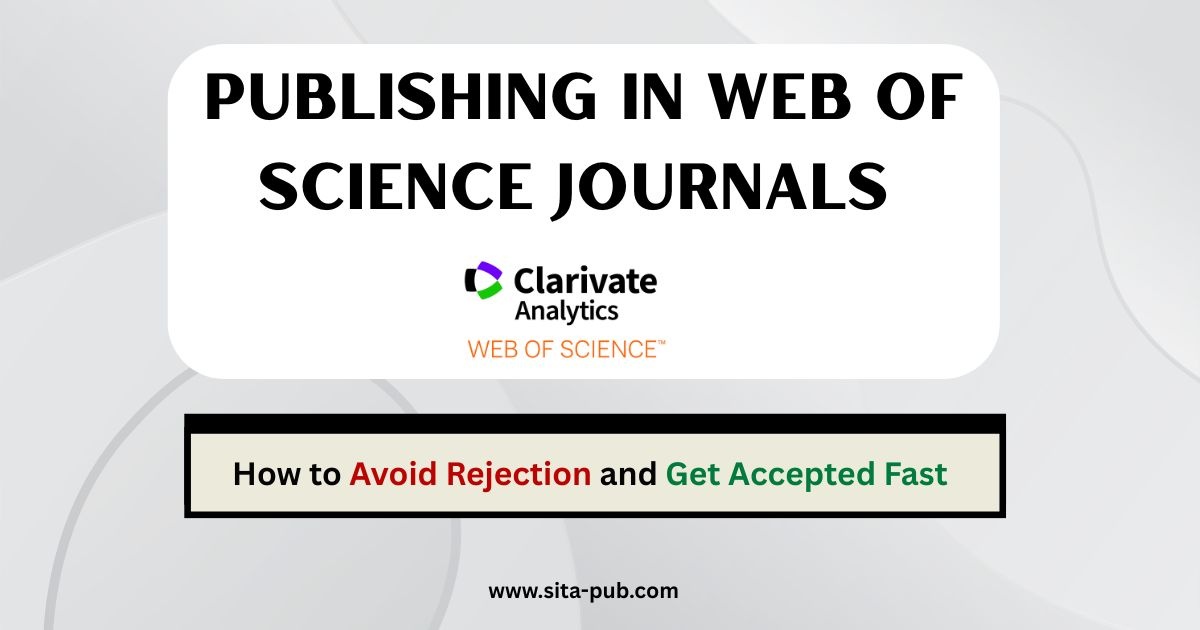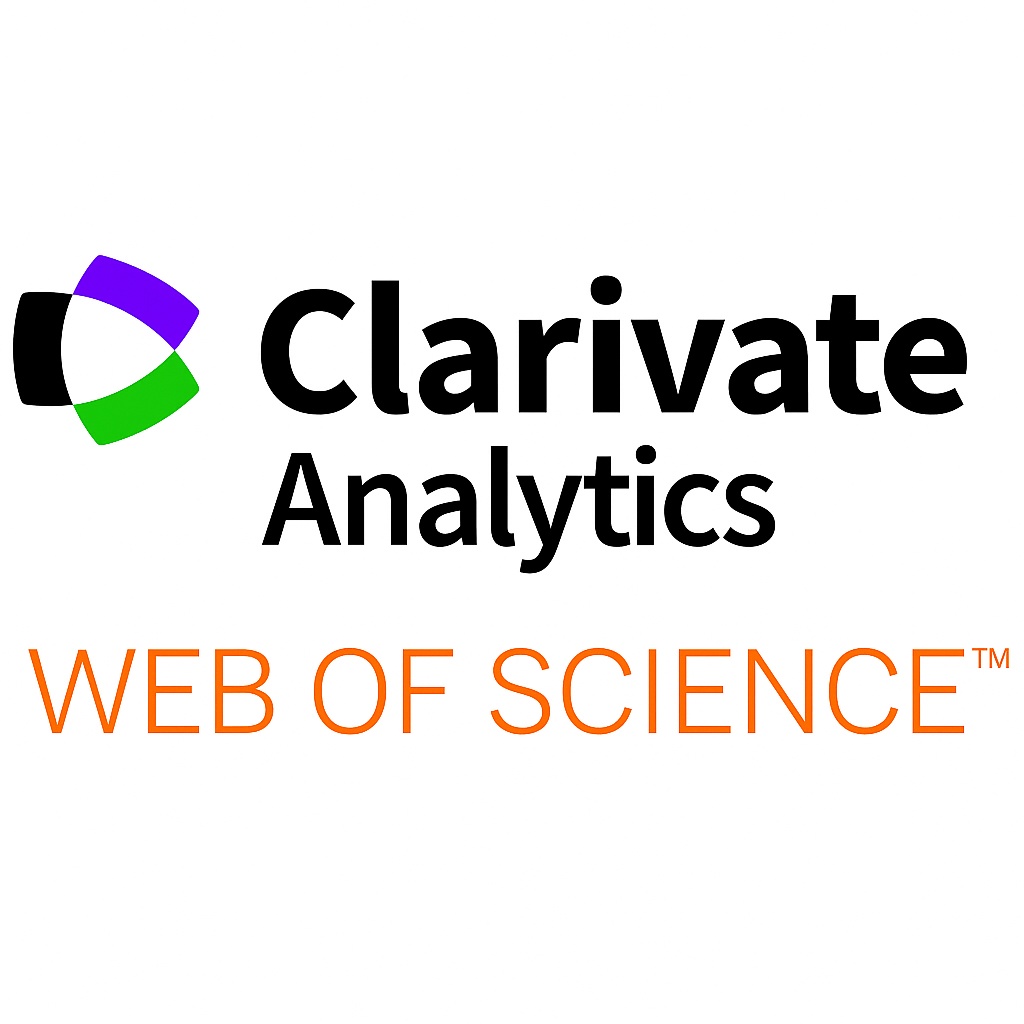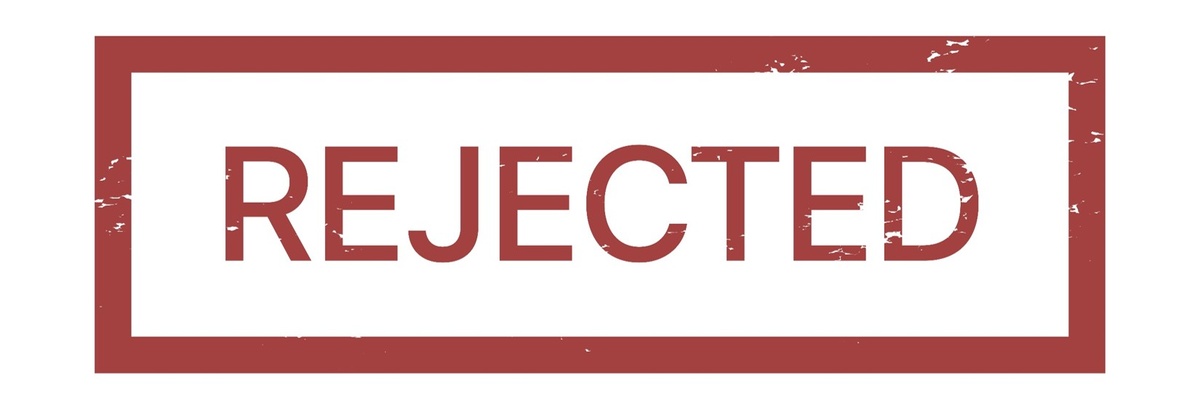Publishing in Web of Science Journals | How to Avoid Rejection and Get Accepted Fast



Getting your research paper published in WoS journals is completely achievable when you follow a clear, organized process. The Web of Science, managed by Clarivate Analytics, is one of the most prestigious databases that indexes top-tier scientific journals worldwide. It began as the Institute for Scientific Information (ISI) in the 1960s and has grown into a critical platform for measuring scientific impact and scholarly quality.
WoS journals cover a broad range of disciplines—science, social sciences, arts, and humanities—publishing original research articles, reviews, letters, and sometimes editorials. These journals are known for their rigorous peer-review processes, ensuring that only high-quality, relevant research is disseminated globally.
But not all WoS journals are the same. They belong to different indexes such as ISI, ESCI, SCIE, SSCI, and AHCI—each with distinct characteristics. Understanding these differences is essential for researchers aiming to publish successfully.

Originally known as ISI, now part of Clarivate, this was the first citation indexing service. Though “ISI indexed” is often used broadly, ISI mainly refers to journals in the Science Citation Index (SCI), Social Sciences Citation Index (SSCI), and Arts & Humanities Citation Index (AHCI).
This index covers newer or regional journals that are being evaluated for inclusion in the core WoS indexes. ESCI journals are often stepping stones for journals aiming to reach SCIE or SSCI status. They usually have quicker acceptance times.
SCIE includes highly reputable scientific journals in fields like biology, chemistry, physics, and engineering. Journals here have well-established impact factors and are widely respected.
SSCI focuses on social science disciplines such as psychology, economics, sociology, and political science. Inclusion here is considered a hallmark of quality in social sciences.
AHCI indexes journals in arts, literature, history, and philosophy. This index is essential for researchers in humanities fields looking for high-impact publication venues.
Index | Field Focus | Prestige | Acceptance Rate | Typical Publication Time | Fees |
ISI | Broad (SCI + SSCI + AHCI) | Very High | Low | 3-12 months | Varies by journal |
ESCI | Emerging journals | Moderate | Moderate | 2-6 months | Usually low or none |
SCIE | Sciences | Very High | Low | 3-12 months | Varies |
SSCI | Social sciences | High | Low | 4-10 months | Varies |
AHCI | Arts & humanities | High | Moderate | 4-12 months | Varies |
Note: Acceptance rates and fees vary widely by journal, so it’s essential to check individual journal details.
To confirm the WoS index of a journal:
Visit the Web of Science Master Journal List.
Search for your target journal by name or ISSN.
Review its indexing status, impact factor (if any), and subject categories.
Alternatively, some journals proudly display their WoS indexing on their websites or in their author guidelines.
Related Article
Beyond knowing a journal’s index, evaluating its metrics helps you gauge the journal’s reputation, visibility, and relevance for your research. Here are the most important Web of Science metrics you should check:

What it is: The average number of citations received in a particular year by articles published in the journal during the previous two years.
Why it matters: It is widely used as a measure of a journal’s influence and prestige. A higher impact factor generally indicates greater recognition in the field.
Limitations: Impact factor varies greatly by discipline, and should not be the only criterion for journal choice.
What it is: Similar to the regular impact factor, but calculated over the last five years.
Why it matters: Provides a more stable view of a journal’s citation impact over time, useful especially in fields where citations accumulate slowly.
What it is: A normalized metric that compares the citation impact of a journal against the average citation rate in its subject category.
Why it matters: Unlike the impact factor, the JCI allows fairer comparison across disciplines.
What it is: Measures the journal’s total importance to the scientific community, taking into account where citations come from (citations from highly-ranked journals weigh more).
Why it matters: It reflects the overall influence of the journal rather than just average citations per article.
What it is: Reflects the average influence of a journal’s articles over the first five years after publication.
Why it matters: Useful for understanding the lasting impact of research published in the journal.
What it is: Journals are ranked within their subject categories and divided into four quartiles, with Q1 being the top 25%.
Why it matters: Quartile rankings help identify top-performing journals in specific fields.
After finding your journal on the Web of Science Master Journal List, you can click through to detailed journal information pages where many of these metrics are displayed.
Alternatively, use the Journal Citation Reports (JCR) by Clarivate (requires subscription) to access comprehensive journal metrics.
Some journal websites also display these metrics prominently, especially if they have high rankings.
Selecting the right journal is crucial to getting your research published quickly and accepted by the right audience. Here’s what you should consider:
Ensure the journal’s scope aligns precisely with your research topic. Publishing outside the journal’s thematic focus is a common reason for rejection.
Many universities and funding bodies require publication in journals indexed in certain WoS indexes, especially SCIE or SSCI, for career advancement or grant eligibility. Confirm these requirements early.
Impact factor and quartile (Q1 to Q4) rankings indicate journal prestige. Q1 journals are in the top 25% of their field and typically offer the highest visibility.
If you need rapid publication (e.g., for thesis submission or grant deadlines), review the journal’s average review and publication times. ESCI journals often publish faster.
Some WoS journals charge article processing charges (APCs), especially open access ones. Understand your budget and if your institution offers support.
Look for journals with a reputable editorial board and history of publishing quality articles. Peer review transparency and ethical standards are vital.

Publishing in a Web of Science (WoS) indexed journal is a significant achievement, but rejection is a reality many researchers face. Understanding why manuscripts are commonly rejected can help you avoid these pitfalls and increase your chances of acceptance. Below, we explore the key reasons for rejection and practical ways to overcome them.
A major cause of rejection is poor manuscript structure. Most WoS journals expect a clear format, typically the IMRaD structure—Introduction, Methods, Results, and Discussion. Missing sections or a confusing order make it difficult for reviewers to follow your argument. To avoid this, carefully follow the journal’s guidelines, outline your paper before writing, and review published articles in your target journal to mimic their structure. Clear headings also help organize your content logically.
Formatting mistakes, inconsistent referencing, typos, and poorly presented tables or figures are red flags for editors. These issues suggest a lack of professionalism and can distract reviewers. Proofread your manuscript multiple times, use grammar checkers, and consider professional editing services, especially if English is not your first language.
Weak methodology, inappropriate data analysis, or unsupported conclusions often lead to rejection. Your research must be scientifically sound to be published in WoS journals. Consult statisticians or experienced colleagues during study design and data analysis. Make sure your conclusions are backed by the data and avoid overstating your findings.
Plagiarism is a serious ethical breach. Journals check submissions with plagiarism detection software and reject papers with copied text or ideas without proper citation. Always credit your sources, paraphrase correctly, and use plagiarism checkers like iThenticate before submission. Avoid self-plagiarism by citing your previous work when reusing content.
Submitting a paper that does not fit the journal’s scope is a common reason for rejection. Before submission, read the journal’s aims and scope carefully and review recent publications to ensure your topic aligns. If unsure, contact the editor for a pre-submission inquiry.
Journals prioritize original research that advances the field. If your study repeats known results or offers minor incremental improvements without clear innovation, it’s unlikely to be accepted. Clearly state the novelty and significance of your research in the abstract and introduction.
Low-resolution, blurry, or poorly labeled images and graphs reduce the perceived quality of your work. Ensure all visuals are high-resolution (300 dpi or higher), properly labeled, and consistent in style. Follow the journal’s image guidelines closely.
Incorrect statistical methods or insufficient sample sizes can invalidate your findings. Collaborate with statisticians during study design and analysis, and transparently report your methods. Avoid “data fishing” to force significant results.
Ambiguous or overly complex writing confuses reviewers. Use clear, concise language, short sentences, and avoid jargon. Have colleagues or professional native editors review your manuscript for clarity and readability.
Your manuscript should tell a clear story, linking research questions, methods, results, and conclusions logically. Use transitions and ensure each section supports your overall argument.
Poor grammar, spelling mistakes, and awkward phrasing can cause rejection. Use grammar tools, proofread multiple times, and consider professional language editing services, especially if English isn’t your first language.
Step | How to Fast-Track It |
Manuscript Writing | Plan your paper with a clear outline before writing. Use journal templates to save time. Set daily writing goals and get early feedback from colleagues. |
Journal Selection | Use the Web of Science Master Journal List to quickly find relevant journals. Match your research topic to the journal’s scope. Check indexing and impact factor. |
Formatting | Follow the journal’s author guidelines and use their templates. Proofread thoroughly to avoid simple errors. |
Submission | Prepare all required files (manuscript, cover letter, supplementary data) before submission. Use journal checklists to ensure nothing is missing. Submit early in the week for faster handling. |
Publication | Respond to reviewers’ comments promptly and thoroughly. Communicate professionally with editors. Consider sharing your work on preprint servers to increase visibility during review. |
Publishing in Web of Science journals is highly rewarding but competitive. By understanding the types of WoS indexes, carefully selecting your journal, and avoiding common pitfalls, you’ll boost your chances of getting accepted faster. Remember, rejection is not the end but an opportunity to refine and improve your research for success.
SITA Academy offers a free journal recommendation service for researchers across all disciplines. Just send us your article abstract, and our expert team will suggest the most suitable and reputable Web of Science indexed journals based on your topic and article quality.
We consider indexing databases, peer-review processes, and each journal’s scope to help increase your chances of acceptance.
To receive WoS journal suggestions, contact us via email, or our social media (WhatsApp, Instagram, Telegram).